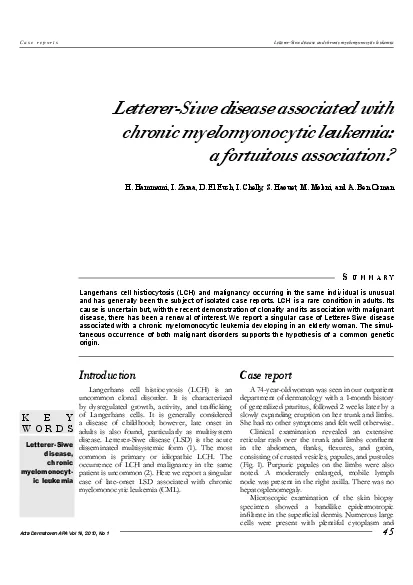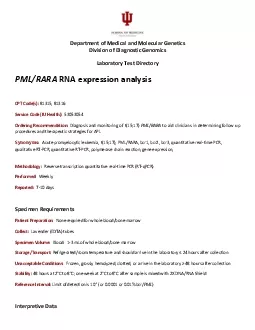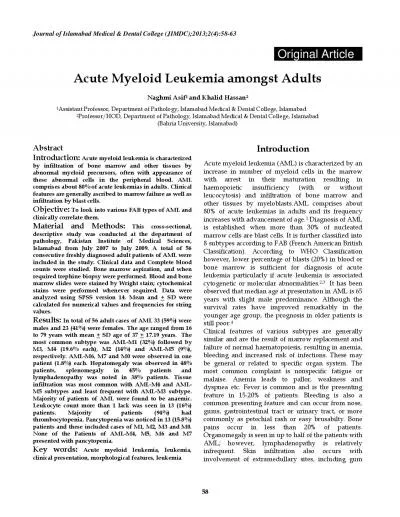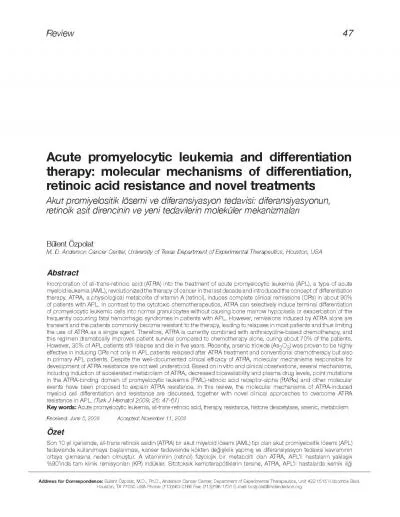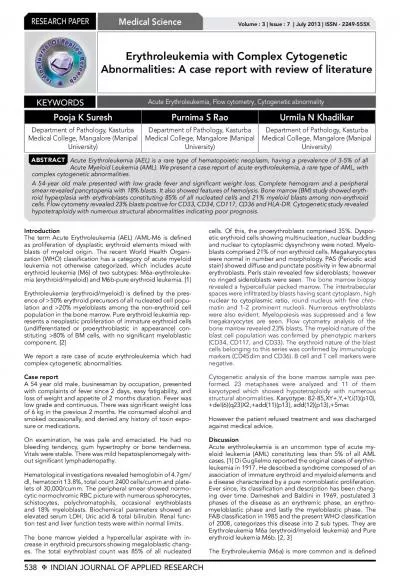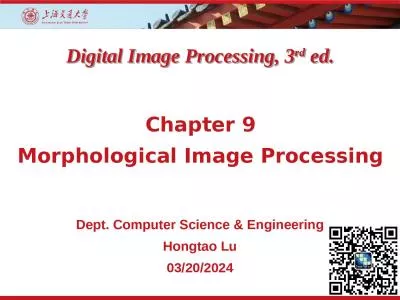PPT-Deep Learning for Distinguishing Morphological Features of Acute Promyelocytic Leukemia
Author : grace3 | Published Date : 2022-02-10
JohnWilliam Sidhom MDPhD Candidate 21 Department of Biomedical Engineering Johns Hopkins University School of Medicine Sidney Kimmel Comprehensive Cancer Center
Presentation Embed Code
Download Presentation
Download Presentation The PPT/PDF document "Deep Learning for Distinguishing Morphol..." is the property of its rightful owner. Permission is granted to download and print the materials on this website for personal, non-commercial use only, and to display it on your personal computer provided you do not modify the materials and that you retain all copyright notices contained in the materials. By downloading content from our website, you accept the terms of this agreement.
Deep Learning for Distinguishing Morphological Features of Acute Promyelocytic Leukemia: Transcript
Download Rules Of Document
"Deep Learning for Distinguishing Morphological Features of Acute Promyelocytic Leukemia"The content belongs to its owner. You may download and print it for personal use, without modification, and keep all copyright notices. By downloading, you agree to these terms.
Related Documents






